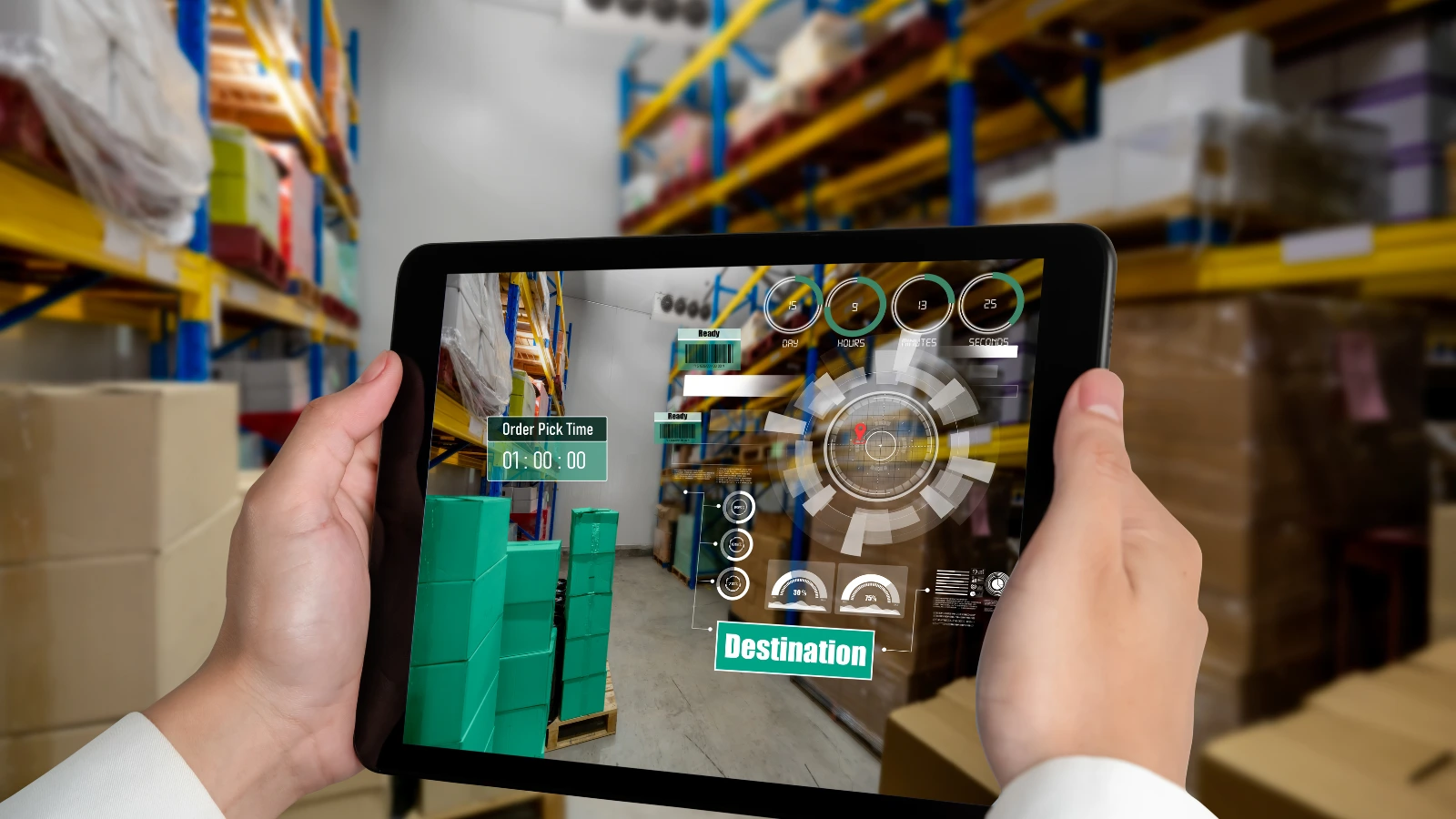Technology is evolving at lightning speed, and one innovation that is transforming how we interact with the world is Augmented Reality. When combined with QR codes, it creates an entirely new layer of immersive experiences. From retail to education, and from entertainment to healthcare, this blend is reshaping digital engagement like never before.
What is Augmented Reality?
At its core, Augmented Reality (AR) overlays digital information—such as 3D visuals, text, or animations—on the real world through a smartphone or AR glasses. Unlike virtual reality, which builds a fully simulated environment, AR enhances the user’s current surroundings by adding interactive elements. This makes it practical, engaging, and highly adaptable for businesses and individuals alike.
How QR Codes Unlock Augmented Reality
QR codes have always been about quick access. By simply scanning a code, users can be directed to a website, video, or app. Now, when paired with Augmented Reality, QR codes act as gateways to interactive 3D experiences.
Imagine scanning a QR code on a product and instantly seeing how it looks in your living room. Or walking into a museum and scanning a code near a painting to watch an AR animation of the artist’s creative process. These scenarios show how the combination makes digital interaction more meaningful and exciting.
Benefits of Merging Augmented Reality with QR Codes
- Enhanced Customer Engagement – Users spend more time interacting with AR-driven QR codes compared to static content.
- Cost-Effective Marketing – Businesses can upgrade existing packaging or print material with AR features without major redesigns.
- Interactive Learning – In classrooms, QR codes can bring subjects to life with AR-based diagrams and animations.
- Convenience – No need for complex apps; scanning a QR code gives direct access to AR content.
- Memorable Experiences – The combination makes brand interactions unique, helping businesses stand out in crowded markets.
Real-World Applications
The possibilities of Augmented Reality with QR codes are already visible across multiple industries:
- Retail: Try-before-you-buy experiences for furniture, clothes, or even cosmetics.
- Education: Textbooks enriched with AR content, accessible via QR codes.
- Healthcare: Interactive instructions for patients by scanning medical packaging.
- Events: AR-powered tickets or posters that reveal hidden content.
- Tourism: Landmarks enhanced with QR-triggered AR storytelling.
Each of these use cases not only boosts engagement but also delivers information in an interactive, user-friendly way.
The Future of Augmented Reality and QR Codes
The journey has just begun. As AR technology advances, QR codes will serve as the simplest bridge between the physical and digital worlds. Future innovations may involve AR experiences without downloading apps, faster recognition, and deeper personalization. Brands that adopt this now will stay ahead in providing customer experiences that feel both futuristic and practical.
FAQs on Augmented Reality + QR Codes
Q1: What makes Augmented Reality different from Virtual Reality?
Augmented Reality overlays digital content on the real world, while Virtual Reality immerses you in a completely simulated environment.
Q2: Do users need special apps to access AR from QR codes?
In many cases, AR experiences can be accessed directly through a smartphone camera or browser, though some advanced features may require an app.
Q3: Is it expensive for businesses to adopt AR with QR codes?
Not necessarily. Since QR codes are simple and low-cost, adding AR layers can be scaled to fit different budgets.
Q4: Where can I see Augmented Reality with QR codes in action?
Retail packaging, event promotions, museums, and even educational materials are common examples today.
The fusion of QR codes and Augmented Reality marks a new era in digital engagement. It makes interactions more immersive, accessible, and impactful, benefiting businesses, educators, and consumers alike. As this trend continues to grow, the possibilities are virtually endless—making AR not just a technology of the future, but a powerful tool for the present.


